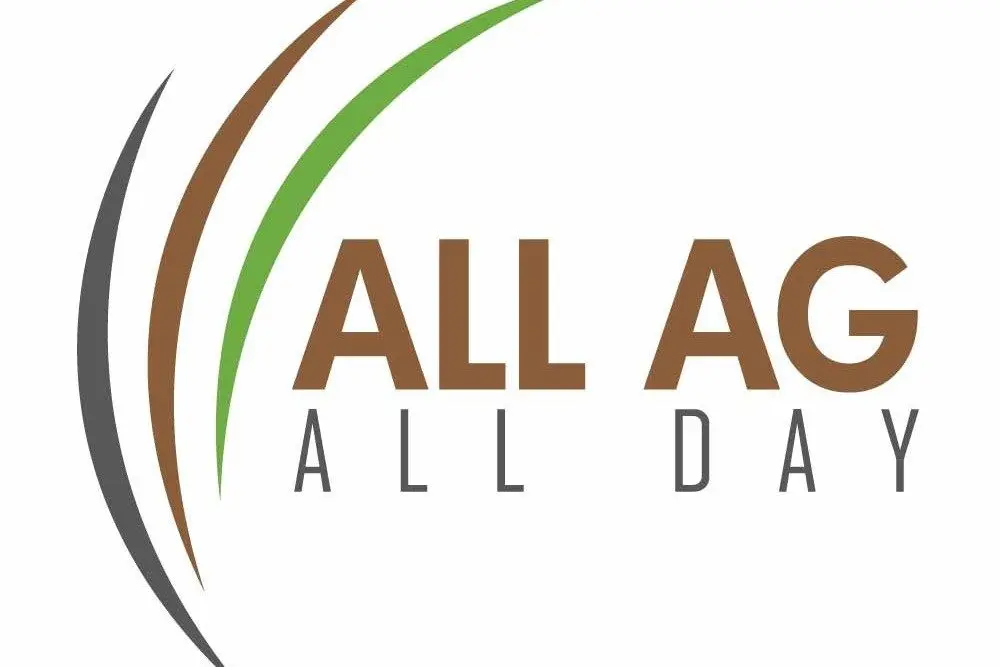
All Ag, All Day is the nation's only full-time farm radio station with studios in Floydada and Nashville, TN (www.AllAgNews.com)
EPA Proposes Temperature-Based Cutoffs For Dicamba Use
NASHVILLE, TN – The Environmental Protection Agency is shifting its approach to over-the-top (OTT) dicamba applications on dicamba-tolerant cotton and soybeans. Instead of calendar-based cutoffs, the agency has proposed a new system tied to temperature forecasts, requiring applicators to use data from the National Weather Service or NOAA.
According to North Carolina State Extension Service’s Nicholas Brown, the new labels move away from past state-imposed cutoff dates and rely instead on daily and next-day temperatures. Applications are permitted when both forecasts remain below 75 degrees Fahrenheit, with 20 fluid ounces of volatility reducing agent (VRA) required. Between 75 and 85 degrees, the VRA requirement doubles. At 85–95 degrees, applicators must either reduce treated acreage by 40 percent or eliminate tank mix partners, still including a VRA. Any forecast of 95 degrees or higher prohibits use altogether.
EPA says the changes simplify compliance compared to the past 40-page labels, though state regulators caution that shifting from date cutoffs may complicate planning. If finalized, the new labels could apply to the 2026 growing season.
Farm-Level Takeaway: Farmers will need to closely monitor forecasts, as temperature cutoffs replace fixed spray dates. Planning flexibility may be reduced during hot spells, making compliance more weather-dependent.
**********
Export Sorghum Event Addresses China Pullback, Big Crop
SAN ANTONIO, TX – With U.S. sorghum exports to China down nearly 70 percent this marketing year and USDA projecting a 402 million bushel crop—17 percent larger than last year—industry leaders gathered in San Antonio for Export Sorghum 2025. The United Sorghum Checkoff Program, Texas Sorghum, Kansas Sorghum, and industry partners organized the event to connect producers with new global buyers and highlight opportunities beyond China.
More than 130 producers, exporters, government officials, and international delegations attended the three-day program. Sessions covered sorghum grades and standards, sustainability, supply chain reliability, and uses in livestock and pet food. USDA Under Secretary for Trade and Foreign Agricultural Affairs Luke Lindberg joined to underscore export opportunities. Structured business-to-business meetings linked buyers directly with U.S. companies, while tours across the sorghum belt showcased production and logistics from farm to port.
The event underscored the Checkoff’s role in diversifying markets and securing future demand for sorghum.
Farm-Level Takeaway: With China’s pullback, U.S. sorghum producers must broaden their export markets. Building connections now could stabilize prices and demand for the upcoming larger crop.
**********
Railroads, Tariffs, And Exports Highlight Grain Transport Trends
NASHVILLE, TN – U.S. grain transportation developments this September span policy, rail tariffs, and export activity. Six industry associations are urging the Surface Transportation Board (STB) to clarify its federal preemption authority under the Interstate Commerce Commission Termination Act, citing growing uncertainty and conflicting state regulations. The STB said it may issue a formal policy statement by the end of the year.
On the rail side, CSX announced higher tariffs for 2025/26 corn and wheat shipments to domestic destinations, effective October 1. Export rates remain essentially unchanged. Meanwhile, STB harvest plan filings show that western carriers, such as BNSF, UP, and CPKC, are increasing grain capacity, while eastern carriers, including CSX and Norfolk Southern, anticipate slightly fewer grain trains during peak harvest.
USDA reported export sales for the new marketing year at 36.27 million metric tons—up 11 percent from last year. Weekly corn sales totaled 1.23 mmt, soybeans 0.92 mmt, and wheat 0.38 mmt. Grain rail traffic rose 9 percent week-over-week, while barge shipments increased modestly but remain 48 percent below last year. Ocean freight rates to Japan edged up from the Gulf but held steady from the Pacific Northwest. Diesel fuel averaged $3.75 per gallon, 21 cents higher than a year ago.
Farm-Level Takeaway: Higher domestic rail tariffs and mixed capacity shifts will influence grain movement this harvest. Strong corn exports provide momentum, but logistics costs remain a critical factor.
**********
USDA Trims Farm Income Forecast Amid Market Headwinds
LUBBOCK, TX – The USDA has reduced its 2025 farm income forecast to $179.8 billion, down slightly from February’s $180.1 billion projection. Despite the adjustment, net farm income is still projected to rise nearly 40 percent compared to 2024, mainly due to stronger livestock markets and a surge in government payments.
AgAmerica Lending notes that direct government payments are forecast at $40.5 billion, a 356 percent increase from last year, primarily tied to disaster aid and new farm program funding. Crop markets remain under pressure, however, with receipts for corn, soybeans, and wheat expected to decline. In contrast, receipts for cattle, hogs, and poultry are forecast to be higher on tighter herds and stronger demand.
Rising production expenses remain a concern, with labor and livestock costs climbing even as feed, fuel, and pesticide expenses ease. Farm debt is also forecast to increase to $592 billion, but asset values—primarily farmland—continue to support balance sheets. While the short-term outlook is positive, analysts stress that volatility in trade and interest rates could pressure farm finances in the longer term.
Farm-Level Takeaway: Livestock and government payments provide a boost, but crop receipts and rising expenses continue to put pressure on margins. Strong financial planning remains key in a volatile environment.



